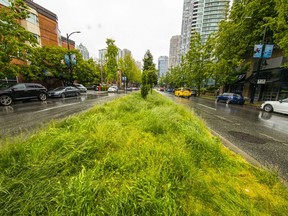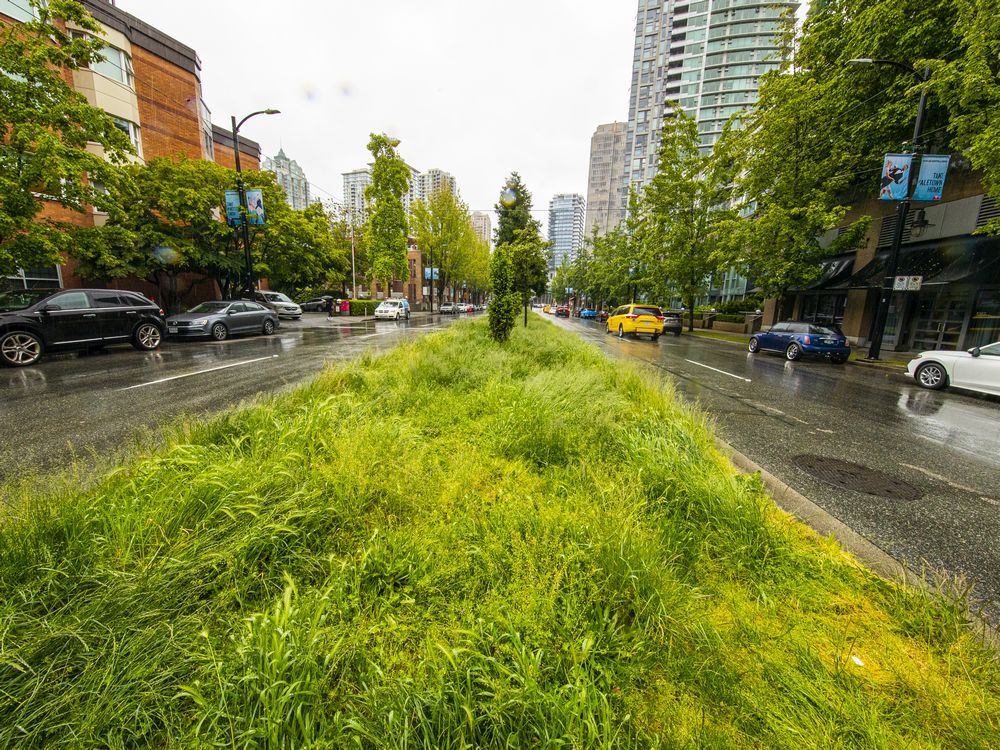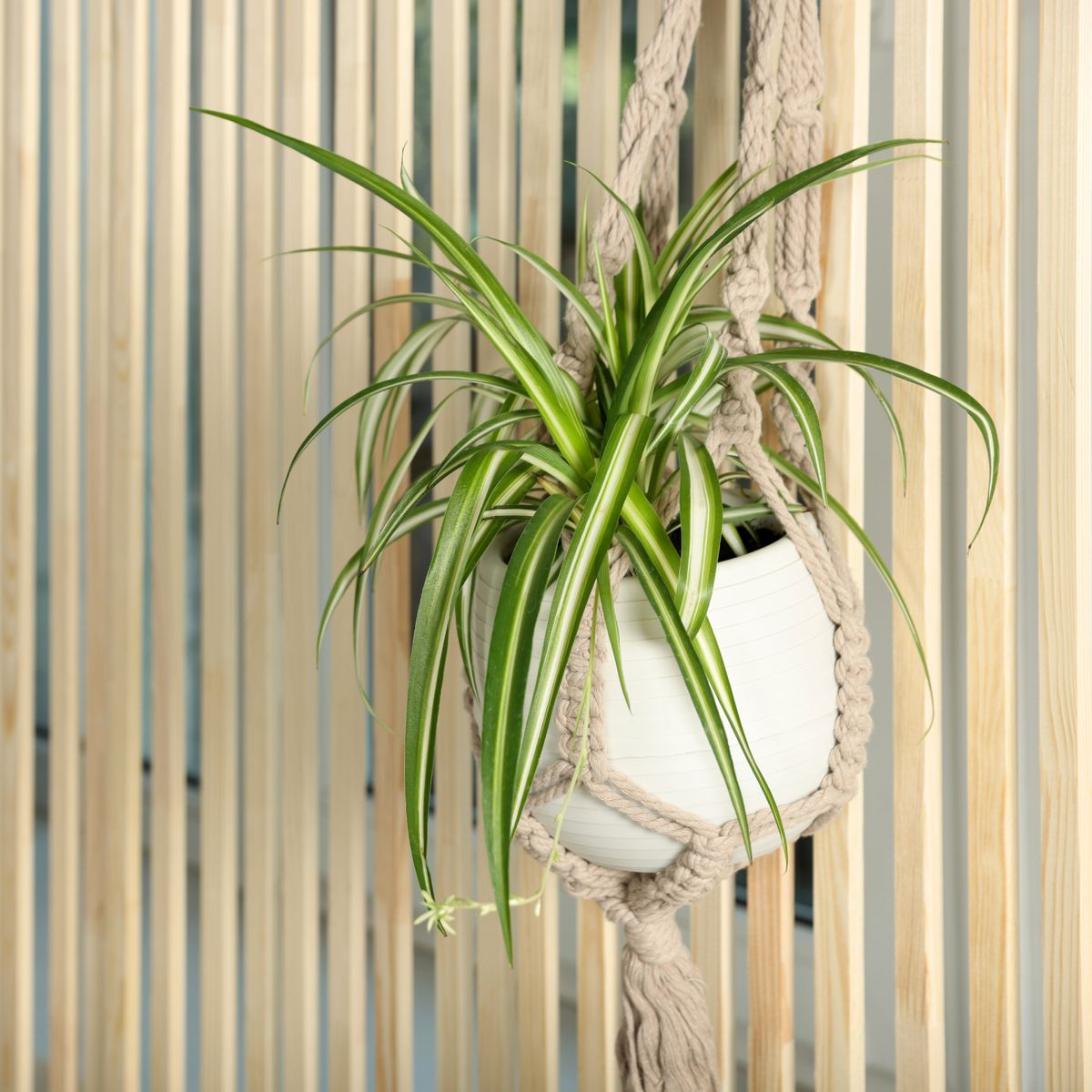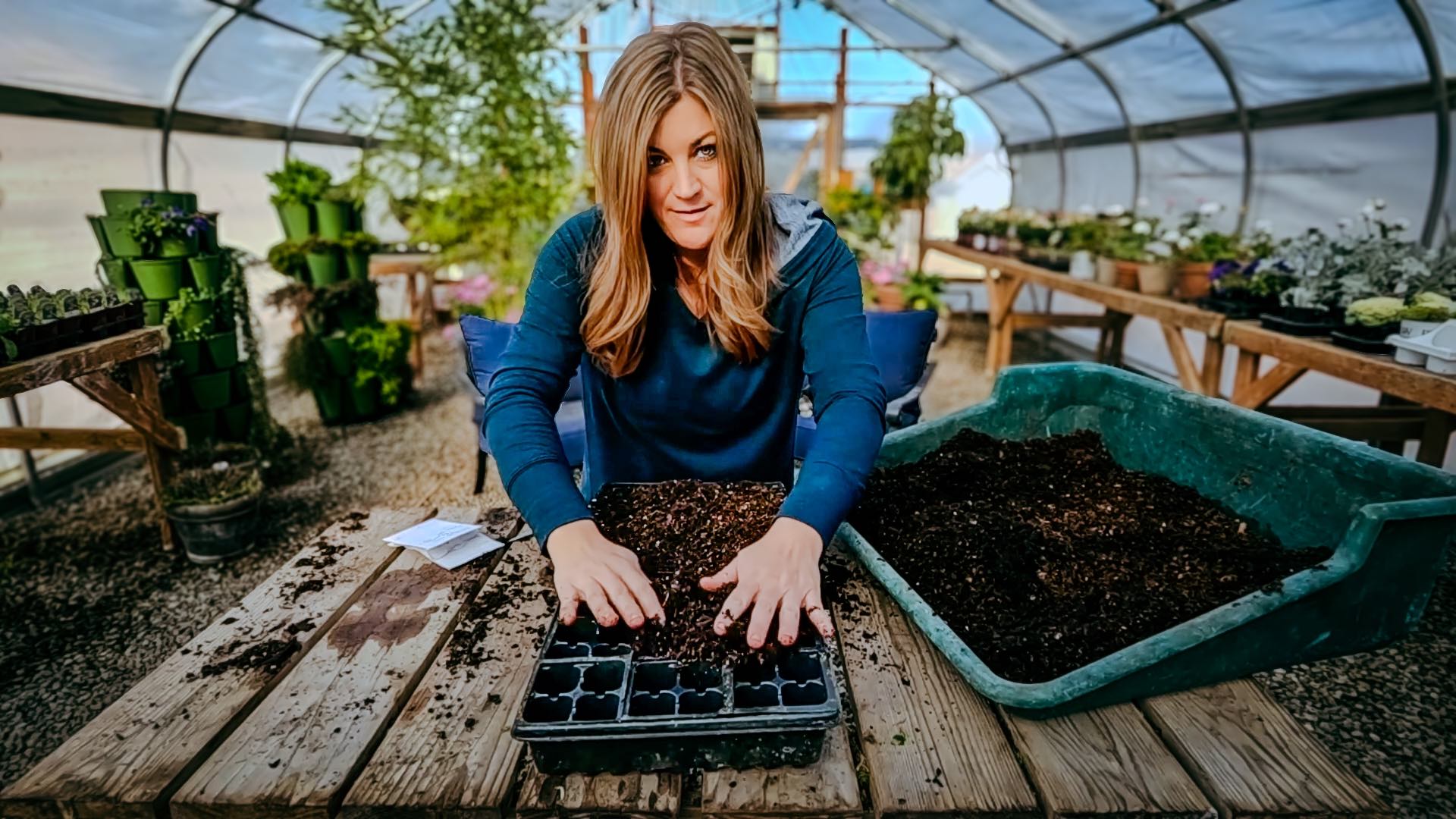[ad_1]
Some, who approve of the urban meadows’ pilot project, are eager for the return of pollinators such as birds and bees the change could bring.

Article content
A few feet of grass on a busy Vancouver roadway has residents split over a recent decision by the city to refrain from mowing some of its boulevards in a bid to increase biodiversity while combating climate change.
Advertisement 2
Article content
Some, who approve of the urban meadows’ pilot project, are eager for the return of pollinators such as birds and bees the change could bring. Others want their sidewalks back to being free of weeds.
Yaletown resident Peter Meiszner said he first noticed the “unsightly” presence of unkempt grass last month while passing a median along Pacific Street on his way home.
“I was driving back from work and noticed just how tall the grass had gotten,” he said. “It looked terrible.”
By the time the city council candidate arrived home, friends, as well as supporters of his campaign, had messaged Meiszner photographs of the situation. He posted them to Twitter, commenting that the tall grass “leave(s) a poor impression for residents and visitors.”
Advertisement 3
Article content
However, the city said it has intentionally left the grass patch unmown.
In April last year, it launched a pilot program to strategically stop mowing pockets of wild grass and plants in order to provide food and shelter for birds, insects, butterflies and bees, safeguard underlying soil and reduce carbon emissions that lawn-mower use would emit.
Now, the naturalized meadows cover more than 37 hectares of Vancouver — more than double the size of Granville Island — including parts Queen Elizabeth, Killarney, China Creek and 15 other parks and three golf courses.
“As meadows age, they diversify and more wildflower species begin to appear. In support of this, we’ve been seeding a specific mix of native wildflower seed, plugs, plants and bulbs within many of our meadows which will hopefully begin to display themselves over the coming year,” the park board said in an email.
Advertisement 4
Article content
This year, it widened the project’s scope to include patches of grass along boulevards including Pacific Street. Called “roadside meadows,” they’re regularly monitored by city staff and cleaned of litter and debris.
The park board said it plans to continue to “widen the meadow landscape” and is currently in the process of assessing more of Vancouver’s underutilized urban lawn spaces as potential new sites for re-wilding.
It has also encouraged residents and business owners to install gardens, including plants and ornaments, on the city-owned boulevards next to their property.
While Meiszner supports the city’s concept of urban meadows, he said, “having it on medians doesn’t make a lot of sense. It’s a narrow strip of grass and the one in Yaletown doesn’t have wildflowers but a bunch of weeds.”
Advertisement 5
Article content
He’s hoping the city decides to mow the boulevards and relegate lusher lawns to Vancouver’s parks and golf courses.
“People who live here are concerned for their pets and what could be in the tall grass, such as syringes, cigarette butts or ticks — they’re keeping their dogs away.”
For residents including Pascale de Rotrou, who lives in an apartment that overlooks the boulevard, the new greenery is a welcome change.
“I’ve been rejoicing at the beauty of the growing meadow. It means we could soon see bees and butterflies return to this street,” said the 74-year-old.
Before COVID-19, municipally owned patches of grass were mowed regularly by workers. Amid the health crisis, budget and hiring shortages caused the park board to hold off on trimming some lesser-used turf.
Advertisement 6
Article content
“There were always brown or patchy spots after the grass was mown anyways. In the summer, much of it would disappear,” de Rotrou recalled. “I think it’s better this way.”
Miranda Hart, a plant microbiologist and professor at the University of B.C., said letting lawns grow unruly in Vancouver’s urban areas has numerous benefits for the environment.
“When uncut, grass flowers and produces a seed that can feed all sorts of animals. The bigger a plant grows, the more carbon it pulls out of the atmosphere, which reduces the negative impacts of climate change.”
Another way the meadows curb climate change is by protecting the lawns and underlying soil from extreme heat. According to park board data, the meadows were 1.2 degrees cooler than lawns and contained 20 to 30 per cent more moisture within the soil.
Advertisement 7
Article content
The city also mows the meadows if fire risk is escalated, such as during 2021’s heat dome.
“Public perception is primarily the biggest challenge when considering these meadows, as we understand that they aren’t typically expected in urban cores and can be mistaken as neglected areas,” the park board said.
Hart said whether in a park or on a boulevard, weeds attract pollinators, which are essential to the reproduction of the city’s ecosystem.
“Weeds are wild plants which grow when we do not plant them. They serve an important ecological role, they feed pollinators. If we didn’t have those, our entire ecosystem would collapse.”
sgrochowski@postmedia.com
More news, fewer ads: Our in-depth journalism is possible thanks to the support of our subscribers. For just $3.50 per week, you can get unlimited, ad-lite access to The Vancouver Sun, The Province, National Post and 13 other Canadian news sites. Support us by subscribing today: The Vancouver Sun | The Province.
[ad_2]
Source link









 + Planting String of Watermelon Succulents
+ Planting String of Watermelon Succulents  with Garden Answer
with Garden Answer


